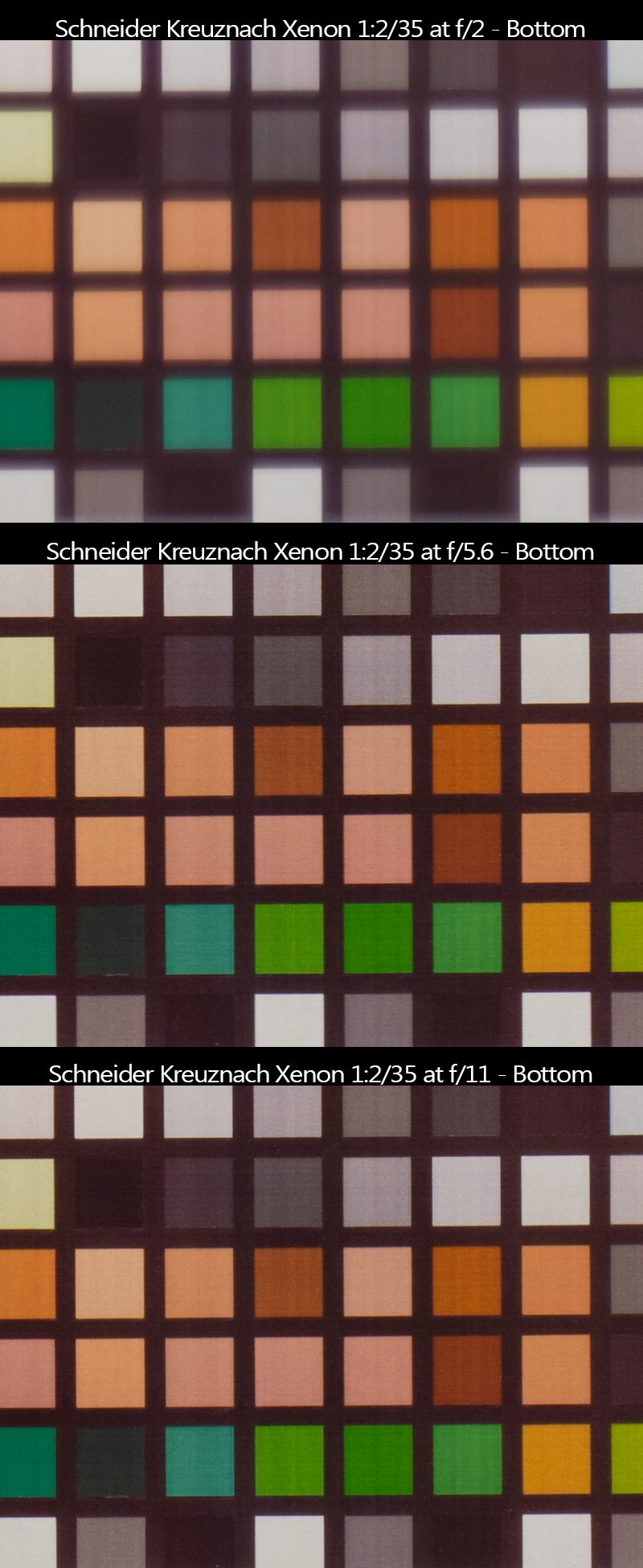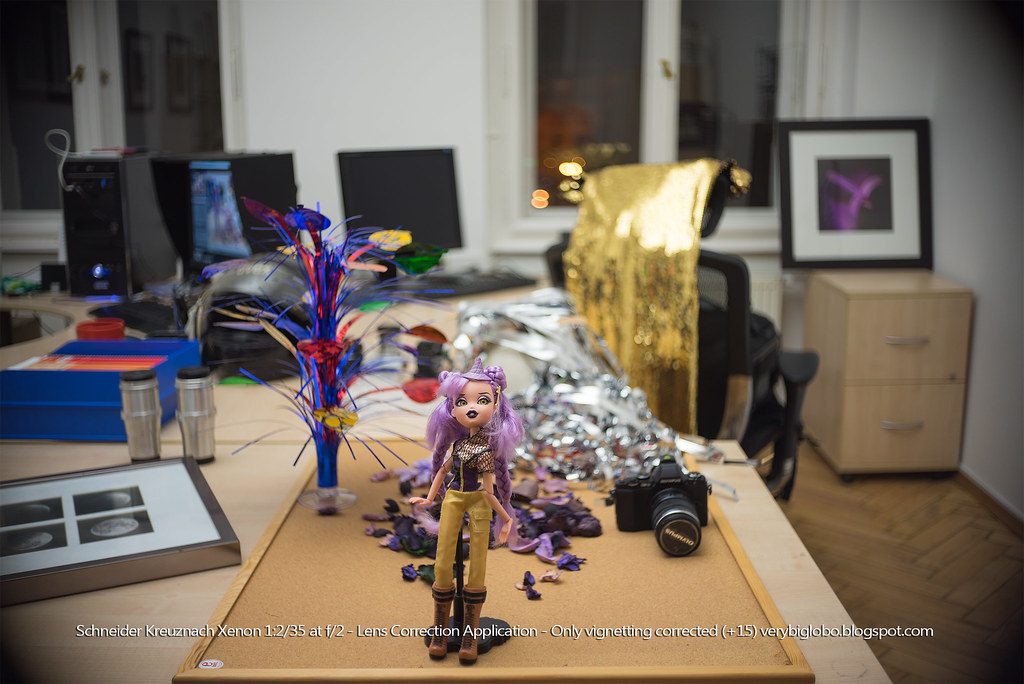I needed a break from comparison series, so I dug deep into drawer to find few Robot lenses…
Robot – the word was created by Karel Čapek – Czech writer in his novel R.U.R. from 1921. Since than, it become worldwide synonym for intelligent or automatized machines (simplified).
But Robot cameras were German. And the original idea come from watchmaker. Mr. Kilfitt Heinz. (remember those amazing Killars?)
Actually he probably asked himself – why full frame and why 2:3 format. In certain terms, this wise man was Godfather of recent APS-C sensor size and Instagram square format.
So he made a compact camera with exposure box of 24x24mm (instead of FF – 24x36mm). Why? I’d love to know too, but I am afraid that Mr. Kilfitt took his secret into paradise. Either he simply liked square format or he wanted to get better use of film.
Big players of that time – Kodak and Agfa said go away. What a stupid idea. That was some 84 years ago, but where are those big players today?
There were however Mr. Heinrich Berning, a young man with a rich father, and he established Otto Berning company (Otto was the name of his father and main financier), that become famous by producing Robot cameras.
The main idea apart of square format, was to use mechanical winder for film transport. My Robot Star 50 has two winders and can expose 50 (24x24mm) shots in a row with a single spring stretch. No batteries, no electronics, no auto focus, image stabilization, and worst of all… no WiFi 🙂
I will stop this exciting story here, but if you got intrigued, I suggest you to search for Robot Cameras with Google, they were and still are magnificent devices. They were massively used in WWII by German army.
Now, lenses for Robot cameras are story for itself. They were produced mainly by Schneider Kreuznach and Zeiss, but originally it was Hugo Meyer in Görlitz who did I believe the first lens for Robot. One of the smallest lenses featuring aperture and focus control that I know and certainly smallest that I own.
Meyer Görlitz Primotar 3cm (30mm) f/3.5 (first on the left)
It looks fairly small in comparison to its fallows here, but to put it even more into perspective, let me show you those lenses compared to very small native Sony E mount lens – Sony FE 35/2.8
Bellow are adapters needed for Sony E-mount.Looking at the image above, one have to ask – what it takes to make slightly slower, slightly wider and this much smaller lens than modern alternative.
It takes a lot, don’t worry.
1.
First of all, none of the above Robot lenses covers FF. But some gets close and all of them covers APS-C. With A7r, you have 4 possibilities to shot with those lenses:
a) on FF counting on PP cropping
b) on FF using Sony Lens Correction Application (7.99 EUR/USD) that can reduce vignetting a little and help with distortion and corners color casting as well as with CA.
c) in APS-C crop mode (with resulting image similar in size to recent Sony NEX 6 i.e.)
d) using Clear Image Zoom
while first 3 options are available for RAW, the last one is only for JPEG.
2.Only few Robot lenses were multicoated. Thus contrast wide open is usually quite low. But for few of us – low contrast is all we want 🙂
3.
A7r is extremely demanding camera for today standards, when it comes to lens performance especially in the corners. Smaller projection circle of Robot lenses makes spherical aberration more apparent and thus we can see smearing in the corners. But that is to be expected and in most situation where those lenses might be considered for use, such as street photography i.e., that wouldn’t matter at all.
4.
The world is getting crazy with legacy lenses those days. Prices are all over and it is hard to estimate reasonable deals. On top of that, there were quite some lenses made for Robot and as a result, there are huge sample variations. But most Robot lenses that I had chance to hold were made in brass barrels and they feel as solid as it gets.
5.
There is no AF, no IS, OSS, ISS or whatever S, no nano, turbo, meta coatings, no firmwares, no upgrades, no aperture control from camera.
So why should you even think of Robot lens?
If you are honest lens fetishist, incurable lens addict or anonymous lensoholic, you will understand why Robot lenses are one of the most desirable instruments made of brass and glass that we can plant on our cameras.
 |
| Mr. Fantastic vs Plastic fantastic. MOG: See you in 50 years? Sony: No way, I am living fast. |
Blah, blah Viktor… Show as some pictures will you?
I’d love to, but weather is depressive. I can’t see myself outside, taking test shots under any circumstances (except if I see four elephants on the giant turtle carrying discworld, as Mr. Pratchett believes they does).
But I can show you few informal shots from my office.
However, please note that my home made test target is all but reliable. The foam board is curved, edges are bent, even wall is probably angled. Most importantly, lenses are focused close to their minimum focus distances, which is very demanding for most lenses.
All in all, consider those test images as indication about lens tendency, certainly not as absolute performance indicator.
If time allows me, I will add more Robot lenses in the future and more shots from the real (whatever it means) life.
Mysterious lens:
When I start to think that I know most of Robot lenses, it usually happen that I drop on the piece that none had ever heard about. Here is one again, and despite my best effort I couldn’t find any info about this lens.
Schneider Kreuznach Xenon 35/2
(It seems that lens was adapted for Robot cameras, and originally it was designed for some other device. Was it a movie camera (Robot did few of those too) or some special lens for industrial use, I have no idea. It also seems to be painted over with black.
Take a good look, maybe someone can recognize it…
1. Here are shots of my improvised test chart with A7r, this Xenon 35/2 and using Lens correction application in camera. First – there is shot at f/5.6, followed with 100% crops from it and related shots at different apertures – wide open (f/2 in this case) and f/11.
As you can see, Lens Correction Application can’t really help in this case. In all test shots, I was only trying to reduce vignetting and didn’t work with other application corrections.
Here are three 100% crops compositions from different area of the image above and related images (that you can find here) at apertures wide open (f/2), f/5.6 and f/11:
Center
Top left corner
And bottom edge
I switched A7r to APS-C crop mode, to see results that should be similar to those on former NEX 16mpx sensor cameras. Note that center sharpness is same as above, so I didn’t crop it. I went instead with other areas.
Total at f/5.6 where you can see difference in FOV
And related 100% crops
Bottom right
Left
Top Edge
And finally bokeh test at f/2
FF
APS-C
Probably optically best lens from this bunch is the only multicoated lens – Schneider Kreuznach Xenon 40/1.9
It’s still quite smaller than FE 35/2.8
Here are shots using Lens Correction application in FF
Total at f/5.6
Again – three 100% crops compositions from different area of the image above and related images (that you can find here) at apertures wide open (f/2), f/5.6 and f/11:
Center
Top Left Corner
Bottom edge
A7r in APS-C crop mode.
Total at f/5.6 where you can see difference in FOV
And related 100% crops
Bottom right corner
Left edge
and top edge
Bokeh on FF
Bokeh on APS-C (crop)
For the other 2 lenses,you can look at their respective sets on Flickr –
and
This article is a tribute to lenses made for Robot cameras and Robot concept itself.
Can they be used on A7/r? They certainly can and actually in any above described mode. If the excessive vignetting on FF matter, just crop it out. If low contrast matter, increase micro contrast and global contrast too.
One thing is for sure… Robot is a legend.
So, Viva la Robolution and let’s Robotize our Sony MILC cameras.











































Thoroughly enjoyable read, thanks for posting 🙂
Great as usual, thanks
Found your blog from dpreview. Amazing stuff, cannot believe I just found it. Thank you. – Kenetik
Hello, I enjoyed a lot your article. Thank you!
Can you share where did you buy Robot to M39 adapter?
Regards.
I bought mine on eBay – http://www.ebay.com/itm/Robot-Royal-lens-to-sony-NEX-E-mount-adapter-/251562637748?pt=US_Lens_Adapters_Mounts_Tubes&hash=item3a924d39b4
Regards,
Viktor
Thank you Viktor!
Regards!
Sorry mate – here is the right link – http://www.ebay.com/itm/Yeenon-Robot-M26-screw-mount-to-Leica-screw-mount-L39-M39-adapter-/161173082524?pt=US_Lens_Adapters_Mounts_Tubes&hash=item2586aa119c
Cheers,
Viktor
Hello Viktor, thank you again, this is cheaper, something better.
I want to attach my Robot Schneider to Olympus Pen, I was thinking maybe this adapter can be mod to attach it, or find in same brand the right to Pen cameras.
Here is one for Robot to MFT – http://www.ebay.com/itm/Kipon-Adapter-for-Robot-Mount-Lens-to-Olympus-Micro-Four-Thirds-M4-3-MFT-Camera-/121010144731?pt=US_Lens_Adapters_Mounts_Tubes&hash=item1c2cc445db
but I would rather go with combo – Robot to M39, M39 to MFT. You might buy M39 with focus hellicoid and experiment with short minimum focus distance.
Cheeres,
Viktor
Oh! This is what I was looking for, I bought months ago an adapter, but didn´t work. Maybe this is exactly what I have to try. Thank you Viktor for your help, I will share you results when I mount my lenses.
Regards!
I am glad to help. You should be happy with Robots on Micro FT. They worked well on my Oly OM-D E5 but I am using that camera rarely those days.
Cheers,
Viktor
I have several robots + lenses.
Chrome Xenon 40mm 1.9.
Xenogon 30 3.5
Radionar 38 3.5
Tele Xenar 75 3.8
Xenon worked well on My Nikon 1 with home made Heath Robinson adapter.
the adapter above is no longer for sale.
Aliexpress also have none.
Maybe I will just get an E mount adapter to robot?
Have you tried Paxette lenses on the A7?
Hi Chris,
you can ask your local serviceto make one of those adapters, it’s very easy. You can also use m26 to m42 adapter – http://www.ebay.com/itm/Male-is-m42-female-is-m26-Robot-mount-special-accessories-M42-M26-/251946110671?pt=LH_DefaultDomain_0&hash=item3aa9288ecf together with slim M42 to E/Fuji X/MFT mount with focus helicoid
Using adapter with focus helicoid might allow you. to shorten MFD distance.
I haven’t tried Paxette lenses, I am more in making my special “flower” lenses from old projection lenses recently.
Cheers,
Viktor
Viktor: Very interesting article. I wonder if you might be able to help me. I have inherited a Robot Vollautomat Star II (made in the mid-1950s) from my father (SN L 16XXXX). It still works and I have taken some nice pictures with it. It has a Schneider-Kreuznach f/1.9 40 mm lens (SN 629XXXX). Can you tell me what size of screw-in filters this lens accepts. I know that 34mm, 37mm, & 39mm filters do not work. The 37mm filter seems close. Is it possible that the type/size of the lens threads do not match threads of our modern filters? Thanks for any help you may offer. GBP
Hi George, I think it is 36mm but I am not sure. Is 37 slightly bigger or smaller? It can have a different thread stepping too just like T-mount ang M42 does.
Cheers,
Viktor